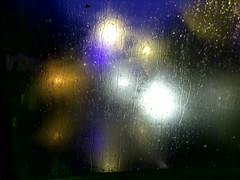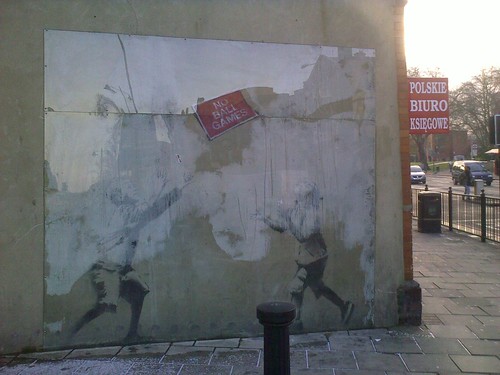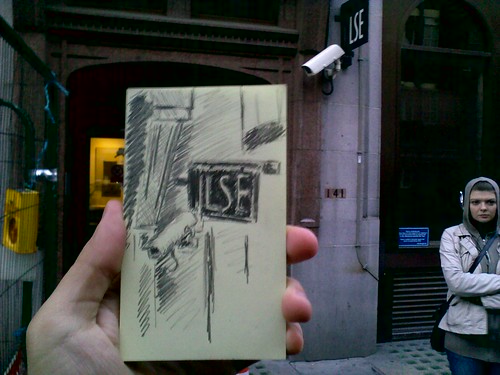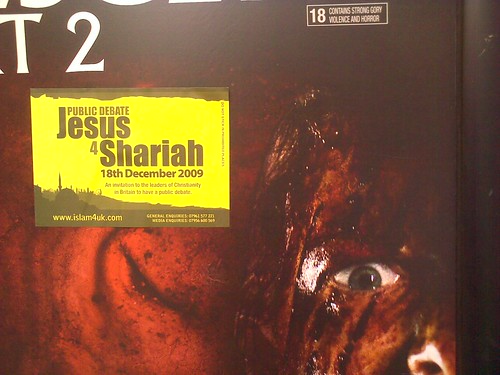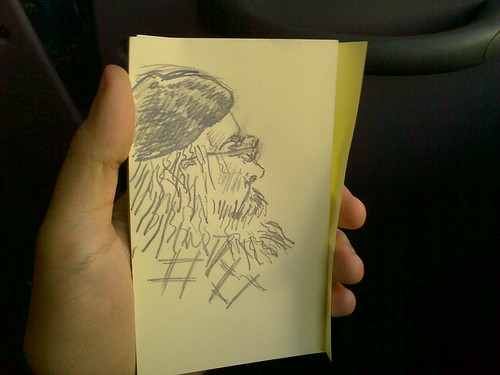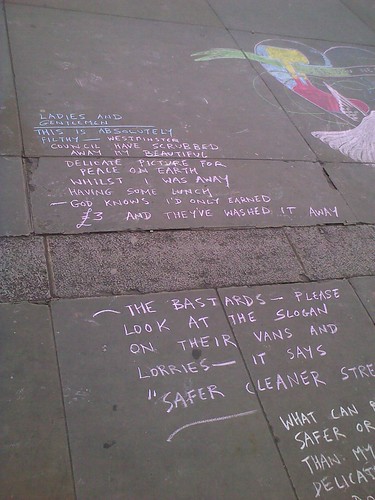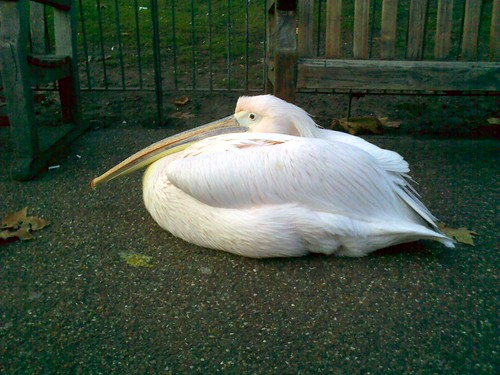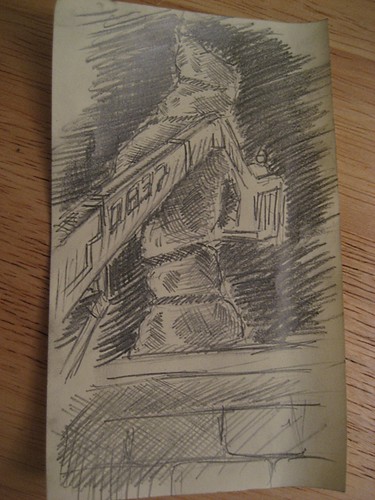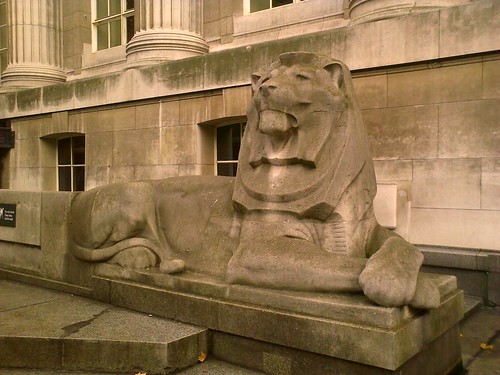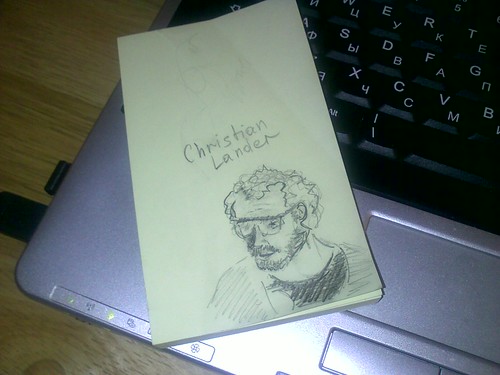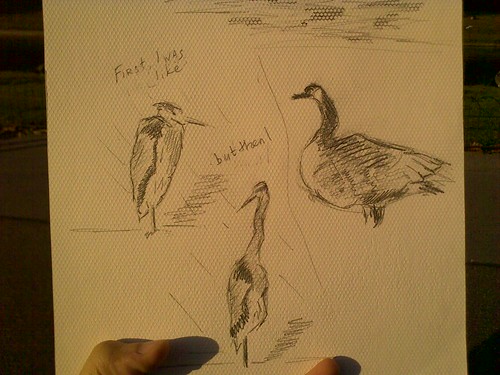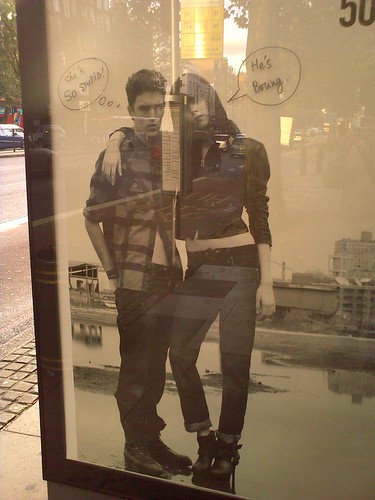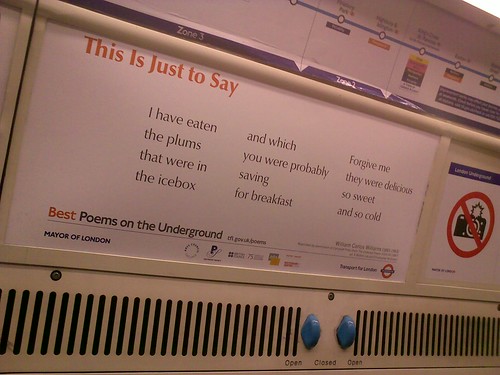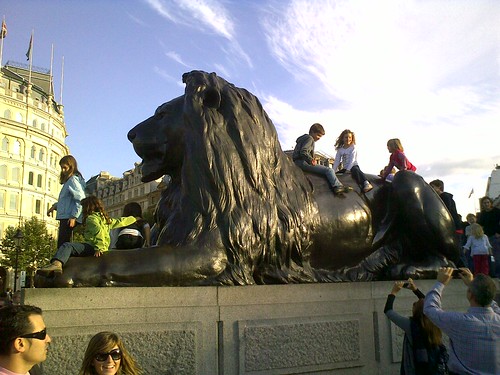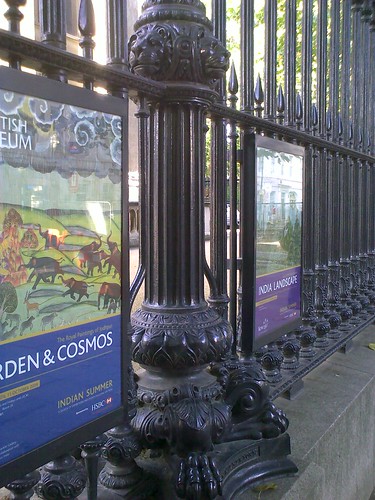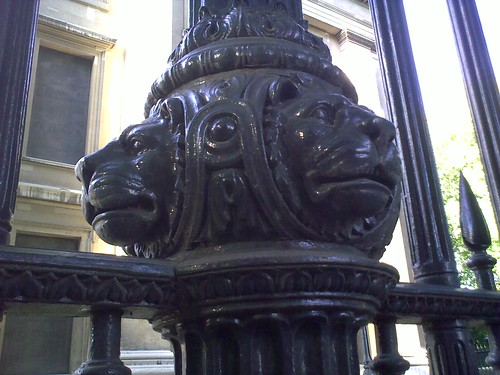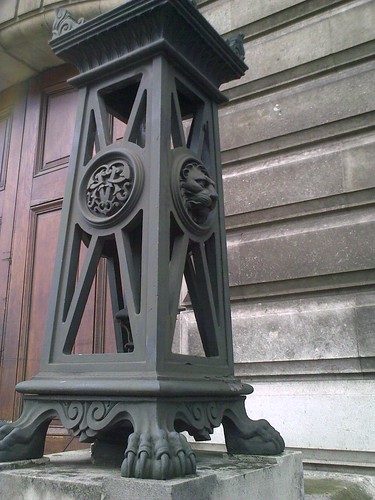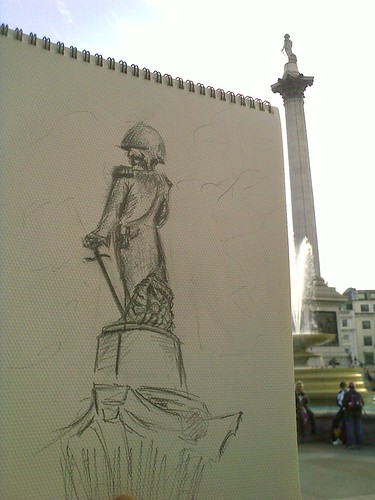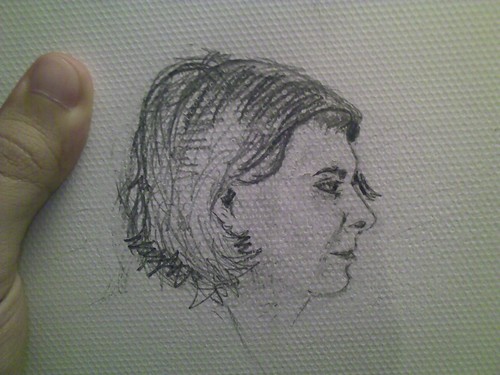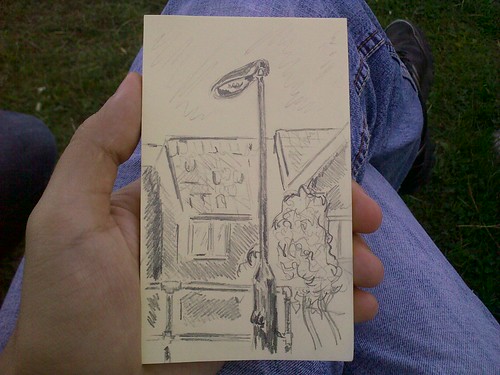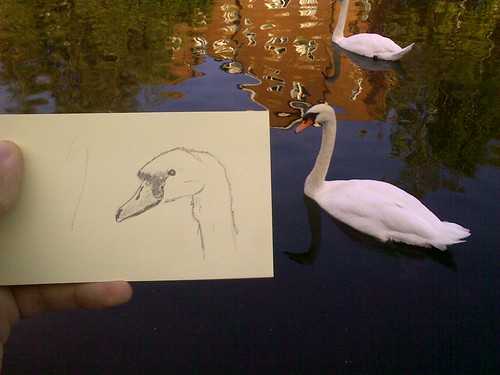Depending on your local infrastructure, being greener and cleaner can be easier or harder.

If you have a special waste container near your house to dump recycled rubbish like paper, tin, glass, foil etc. you have nothing to worry about. Even special collectors for textile and shoes may present, though they look more like pillboxes or air raid shelters:

Usually those containers are for all types of litter to be recycled and you can just dump it making no distinction. But sometimes your nearest collectors are separated to accumulate different types of rubbish. In that case, they are usually numerous and look like train - even coloured and transparent glass don't share common "glass" container:
 * clickable
* clickableSo, you are to sort your litter either on your kitchen in real time (which requires space) or when you come to containers (which is not very pleasant). On the other hand, acting this way makes you even greener than you expected.
In our case, we had no recycled point like above in a walking distance. Well, actually, we had two of them nearby in a distance that is absolute okay to walk but only when you do not carry rubbish bags (the distance you are ready to travel with such a load is significantly shorter).
So, we used special litter boxes like that:
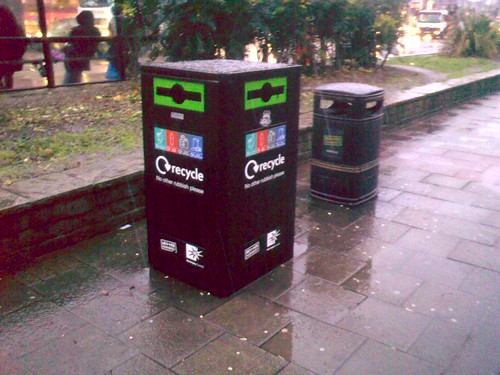 * Near that green one, a smaller standard litter box can be seen. Rubbish in those standard boxes is not recycled
* Near that green one, a smaller standard litter box can be seen. Rubbish in those standard boxes is not recycledThe green litter box above is for all types of rubbish, but sometimes you can spot boxes designed specially for newspapers and paper cups:
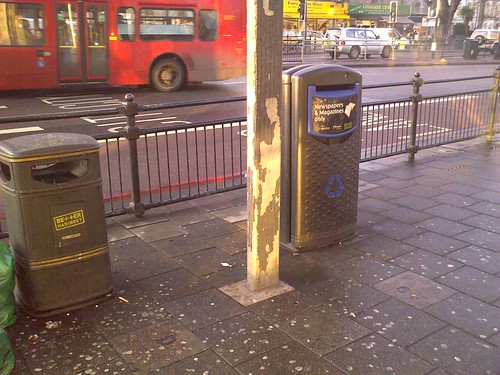
Anyway, neither of those are convenient to use on a regular basis, when you're not a walking-by pedestrian who has just finished drinking his take-away coffee, but when you arrived with a whole bag to be dumped. The openings, as you can see, are not big so some bottles and non-standard cans can't be squeezed through easily. Still, while the only alternative available was to walk about 10 minutes to nearest containers, we were accepting the inevitable.
But recently, our council supplied us with special transparent bags bearing recycle marks for dustmen to treat them properly:

Now all we need is to fill those bags and then just left them on the pavement to be collected by rubbish tracks running regularly through the street - the same way we deal with usual rubbish. Many of you can consider this a bit weird - for us, it was also a bit awkward to leave trash bags on the pavement the beginning. I even wrote an email to council if it was really right way - but bags dumped that way are really collected on time (if there is no any strike in progress, of course).









